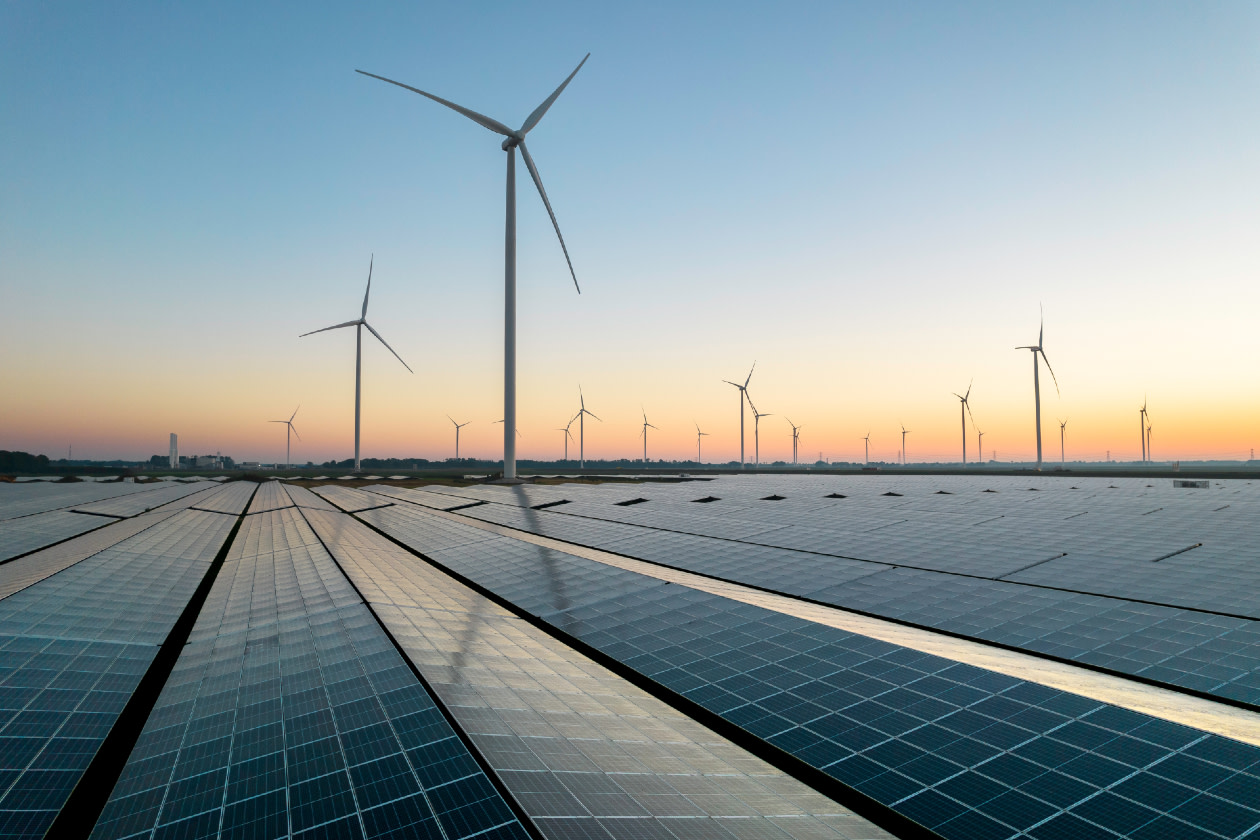Officials have approved plans to connect new wind and solar farms to the power grid faster, which they hope will end years of gridlock for some projects.
Regulator Ofgem is to scrap the current first-come, first-served approach to the grid connections queue, which has left some projects facing decade-long delays.
The new plan will see projects that can be up and running by 2030 fast-tracked, in a bid to help Labour hit its clean power goals.
Ofgem chief executive Jonathan Brearley said: “This is a historic decision which supercharges Britain’s clean power ambitions with a more targeted approach anticipated to help unlock up to £40bn a year of mainly private investment and energise economic growth.
“These reforms cut through red tape, consign ‘zombie projects’ to the past and accelerate homegrown renewable power and energy storage connections as we head to 2030.
“Houses and hospitals, electric vehicle charging stations, data centres and the emerging AI sector, will also all benefit from the new streamlined fast-track approach, which will help boost energy security and drive down bills.”
The new system will be managed by the National Energy System Operator (Neso).
Developers have complained for years about the time it takes to get a cable to connect their wind or solar farm to the grid.
The current system means that a serious project which could provide electricity to millions of homes is often stuck behind more speculative schemes in the queue.
The queue is also an impediment to large-scale electric vehicle charging sites, like buses and vans, connecting to the grid.
Projects in the queue would generate more than 700 gigawatts (GW) of power if built, several times the amount the country needs.
Ofgem estimates that about two-thirds of projects in the queue as of February last year will be “deprioritised” for not being urgent enough.
As many as 40% of the schemes are speculative and will never be built, Ofgem said.
And it has previously estimated that the changes will roughly treble the amount of power generation added to the grid per year.
The regulator wants the first projects to be connected under the new regime in 2026.
This article was written by Alex Daniel from The Evening Standard and was legally licensed through the DiveMarketplace by Industry Dive. Please direct all licensing questions to legal@industrydive.com.

